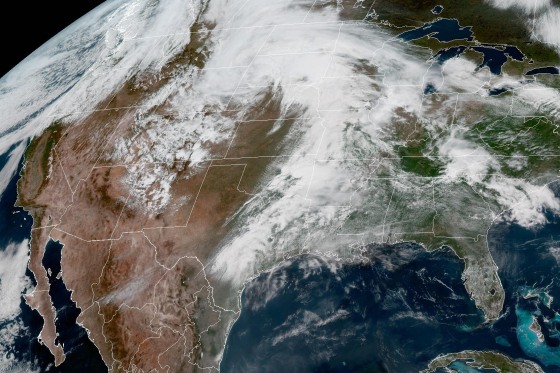NOAA Weather: How Updates and Outages Impact Severe Storm Preparedness

In a world where severe storms seem more frequent and intense every year, access to timely and accurate weather information is more important than ever. The National Oceanic and Atmospheric Administration (NOAA) and its weather alert systems play a crucial role in keeping Americans safe. This article explains recent updates affecting NOAA weather services, how radio outages can impact preparedness, and the best steps you can take to stay informed when severe weather strikes.
Why NOAA Weather Updates Matter
NOAA is at the forefront of tracking and forecasting hazardous weather events in the United States. Their network of weather radio stations and digital platforms offers real-time alerts, watches, and warnings that help communities prepare for and respond to storms, tornadoes, hurricanes, and other disasters. Reliability is key, as millions of people depend on these alerts to protect their families and property.
Recent NOAA Weather Radio Outages: What You Need to Know
In May 2025, the National Weather Service (NWS) announced necessary upgrades to its Advanced Weather Interactive Processing System (AWIPS), which temporarily took NOAA weather radios offline in several regions. For example, in Alabama, severe storms coincided with scheduled radio outages, putting more than 30 million people at risk without access to their usual weather broadcast. The NWS worked quickly to ensure forecasts and other warnings remained available online and through backup offices. However, the outage meant residents needed alternative alert methods to stay vigilant.
A similar situation occurred in Kentucky. The NOAA weather radio network for the Louisville area was temporarily shut down for a mandatory upgrade just as another round of severe storms threatened the city. This left a gap in the normal chain of weather alerts, demonstrating the importance of having backup solutions.
Staying Prepared When NOAA Weather Radios Are Offline
Whenever upgrades or outages are planned, NWS local offices strive to inform listeners in advance. Still, it’s wise to have multiple ways to receive weather alerts. Useful alternatives include:
- Monitoring local news channels and weather apps on your smartphone
- Setting up push notifications in trusted mobile apps
- Listening for outdoor weather sirens in your community
- Communicating with family and neighbors during severe weather events
Make sure your mobile devices are fully charged before storms hit, in case of power outages. Downloading your local news station's official app can help ensure you never miss a severe weather alert.
The Ongoing Importance of Weather Alerts
NOAA weather services are more than a convenience—they are a key part of public safety infrastructure. As deadly storms sweep across multiple states and NOAA fills crucial forecasting positions, staying connected to trusted weather updates is essential. Whether through radio, TV, smartphone, or community alerts, knowing what’s coming can make all the difference.
Conclusion: Stay Informed, Stay Safe
NOAA weather technology saves lives, but even the best systems can require maintenance. By understanding recent radio outages and using multiple sources for alerts, you can ensure your loved ones are prepared when the next storm approaches. Check your local forecast today and review your severe weather plan so you're ready, no matter what Mother Nature brings.